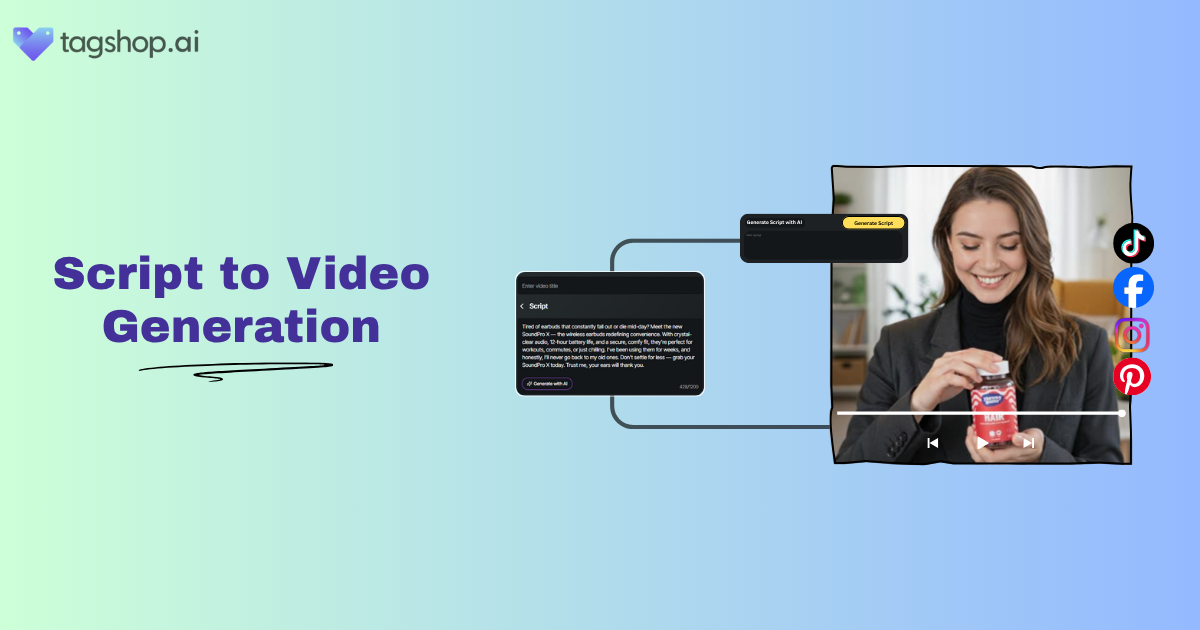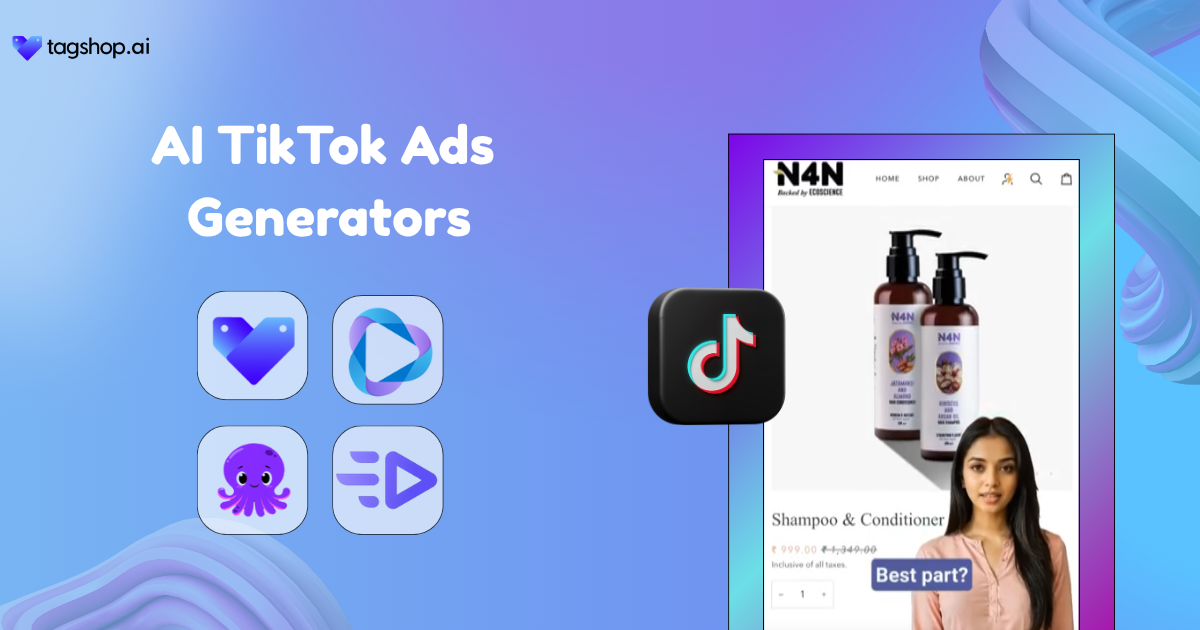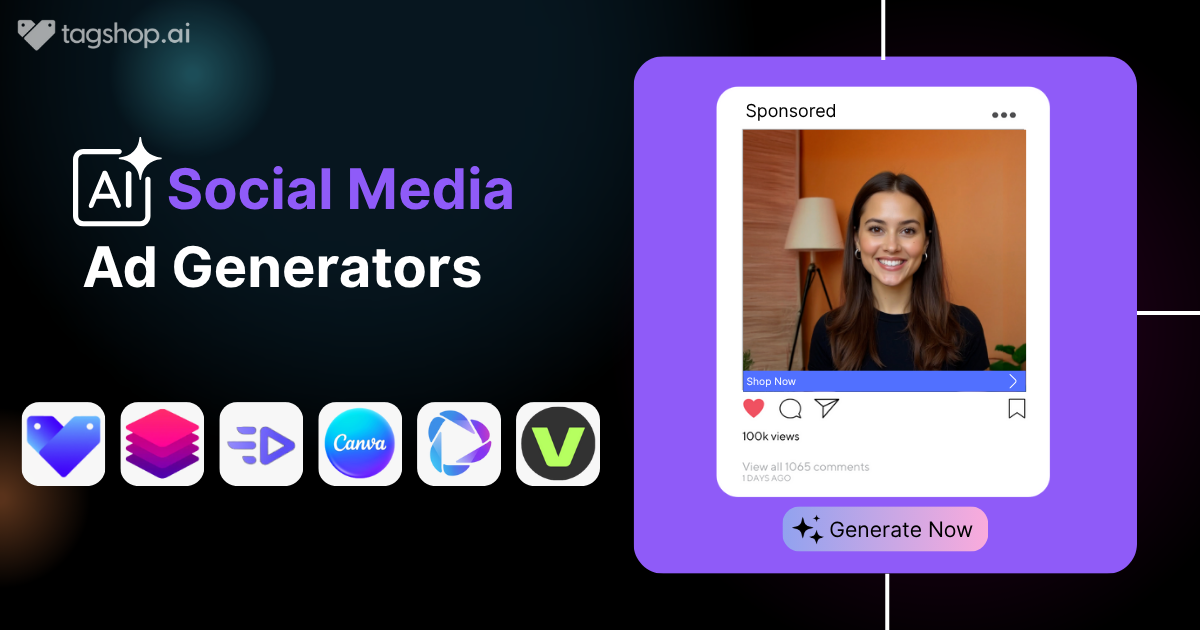How to Convert Script into AI Video in 2025
Remember when people said online shopping would never replace malls? Then Amazon made it so easy that going to the store felt like extra work. That’s exactly what’s happening with video production.
Script to video tools are changing the whole thing. Brands that once waited weeks for a single video are now posting five in a day.
If you are still dealing with crews, locations, and endless revisions, you’re playing a game that’s already changed.
This guide shows how to turn scripts into polished AI videos, fast. Read on!
Why Use Script-to-AI Video Generator
Let’s talk about the mess with traditional video creation first, as you’re probably spending way too much time on it already.
It requires too many setups – camera, actors, director, studios, editing software, and of course, someone to handle all of it.
But this isn’t the same case with script to AI video generator.
- Speed: The Traditional video creation method takes hours, even days sometimes. But with AI, all these can get done in just minutes. AI generate the script, it generates the video, as simple as that.
- Budget-friendly: We talked about the major issue with manual video creation above, full-blown setups. Obviously, that leads to higher production costs. With AI in the picture, this cost gets significantly less as you don’t have to hire/rent any crew, equipment, or shooting location.
- Scalability: You can’t be tiring yourself producing 50 videos a week manually, no matter how strong your coffee is. But AI doesn’t get tired. It can produce numerous videos without taking a break.
- Brand consistency: Giving briefs all the time for the video tone and style can be exhausting. Well, sometimes the editors just don’t get it. On the contrary, AI can deliver multiple results with the same tone and style, once trained correctly.
- Go global: Even if you have just one script written in English, AI’s smart algorithms can produce five videos in five different languages. This is essential if you want to go global.
- Repurpose like a pro: That blog post is sitting at 3,000 views? Turn it into a video. Your audience consumes content differently; meet them where they are.
Use Cases of Script-to-Video AI
Script-to-video AI isn’t just a novelty. It’s solving real problems for real teams right now.
Product explainers are the obvious win. You’ve got a SaaS feature that needs explaining? Write the script, generate the video, ship it. No more waiting weeks for your video team to have an opening.
Social media ads are where this tech really shines. You can test five different ad concepts in the time it used to take to produce one. A/B testing just became way less expensive and way more effective.
Training content is a sleeper hit. Companies are using AI video to onboard employees, create compliance modules, and build internal knowledge libraries. It’s cheaper than flying everyone to HQ and more engaging than a 40-slide deck.
News and updates work surprisingly well, too. Got quarterly results? Product updates? Turn them into quick, digestible videos instead of another email no one reads.
And then there’s content automation for Instagarm Reels and TikTok videos through TikTok video automation. Creators are scripting entire video series, letting AI handle production, and posting consistently without burning out.
We have seen the perks; let us now talk about how you can actually use AI tools like Tagshop AI to turn scripts into a full-blown videos.
How to Convert Script into AI Video with Tagshop AI
Turning a script into a video used to mean wrangling schedules, renting equipment, and doing fifteen takes because someone kept saying “um.” But now, it’s just a matter of minutes. Let’s take a brief look at the process.
Step 1: Getting the Script Ready
Script plays a crucial role in deciding whether someone is going to engage with your video or not. Thus, it must be written with natural flow, short sentences, and crisp hooks. Tagshop AI even does that job for you. Its AI script feature allows you to instantly generate a crisp, read-to-shoot video script that gets you all the praise.
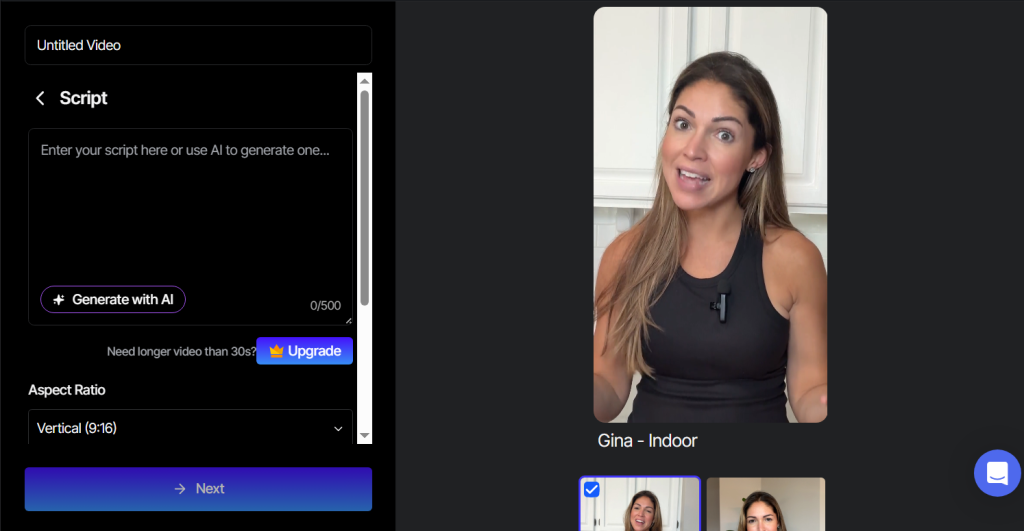
Step 2: Use the Script
Now that you have the script, paste it in. Tagshop’s smart AI analyses the script and will auto-detect the pace and tone for the video.
Here’s a quick tip: Breaking the script into scenes or sections makes editing way less annoying and helps the AI know where to breathe.
Step 3: Pick Your Avatar and Style
Now choose who’s going to deliver your script. Tagshop has a wide range of AI avatars; some look corporate, some are more laid-back. Pick whatever matches your vibe.
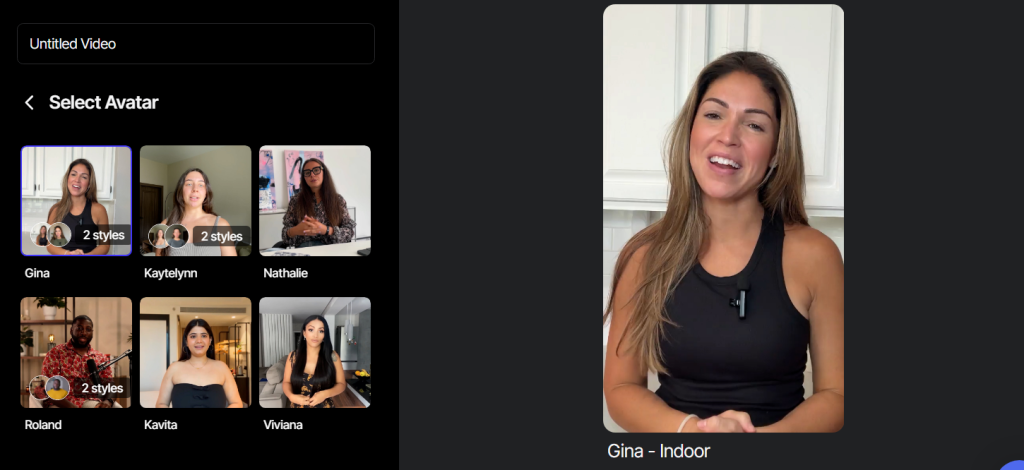
And you’re not stuck with just a face talking at the camera. Layer in product shots, stock footage, and your own visuals. Make it look like an actual video, not a teleprompter test.
Step 4: Customize & Export Video
Add music. Put your logo in there. Adjust transitions if you’re picky. Preview the whole thing and fix whatever bugs you.
When it looks good, export. MP4, Instagram square, TikTok vertical, whatever you need. No overnight rendering or processing errors to kill your mood.
Tips to Make Your AI Video More Engaging
AI turns your script into videos. But making people actually watch? That’s still your job.
Match your visuals to your words: Talking about a feature? Show it. Don’t just slap generic stock footage over everything and call it done. Nobody wants to watch another video of hands typing on a keyboard while you explain SaaS pricing.
Short wins: People today scroll fast, and you have to respect that. Make sure you don’t put long, boring videos that nobody wants. Try keeping everything under 90 seconds for social, no exceptions.
The first three seconds are everything: Do you know the average attention span of a human is just 8.5 seconds? That means you’ll have to hook them immediately. Ask a question, make a promise, or show something unexpected, do whatever that makes them stick longer.
Always add captions: 85% of videos are watched with the sound off. So, if your video needs audio to make sense, you’ve already lost half your audience. That’s where adding captions to a video becomes a “must-have”. Also, don’t forget the CTA; tell people what to do next, or they won’t do anything.
Try different voices and avatars. A buttoned-up avatar might work for B2B software but feel totally wrong for a DTC beauty brand. Make sure you try different voices and avatars for different audiences and niches.
Common Mistakes to Avoid
Although AI is doing the major work, it can still turn pretty bad if things get messed up. Here’s what to watch out for.
Don’t write a novel: Break your scripts, AI finds it hard to analyze the long, dense paragraphs. Not just long paragraphs disturb the pace of the video, but also eliminate the space to breathe.
Visuals need to flow: Jumping from a product shot to random b-roll to another product shot with no logic? It’ll lead to a loss of interest. Ensure your one scene connects to the next with proper storytelling.
Customize or look generic: If your video could belong to any brand, you’ve failed. Add your logo, use your colors, make it unmistakably yours. The whole point of scale is creating more branded content, not more forgettable content.
Don’t use flat AI voices: Some AI voices sound like they’re reading an EULA. Test different options and pick the one with some life to it. Emotion in your AI avatar’s voice matters, even if it’s synthetic.
Conclusion
Stop treating video production like a marathon through rush-hour traffic. With Tagshop AI, your script becomes a polished, on-brand video in minutes. Experiment with avatars, voices, and styles, post consistently, and scale without the stress.
Your content deserves to move fast, so should you.
Frequently Asked Questions
A script-to-video AI tool is basically a software that uses artificial intelligence to turn a simple script into a video with proper visuals, audio, subtitles, etc, without requiring any editor, crew, or actor.
You give it text. It reads the script, matches visuals to what you’re saying, adds a voice or avatar, and stitches it all together. Then you tweak it and hit export.
Tagshop AI is a strong option for script-to-video conversion in 2025. This tool is built for marketers who want to generate branded video content quickly.
No, you do not have to provide any visuals along with your script to generate a video. Tools like Tagshop pull from stock libraries or generate visuals on their own. But if you’ve got product shots or branded assets, provide those for the optimal input.
Yes! AI videos are quick, easy to resize for any platform, and help you post consistently without the stress. Hence, it works best for social media marketing.
AI tools generally take only a few minutes to generate a fully rendered video from a script. Quite less compared to traditional video production.
Yes, AI tools like Tagshop AI allow you to generate multiple videos in different languages from the same script without losing the brand tone, style, and voice.
If you do it right, absolutely. They’re not replacing Super Bowl commercials, but for explainers, ads, and social posts? They work and they ship way faster.
Most tools cap you at around 2–5 minutes, depending on your plan. But honestly? Shorter usually performs better anyway. Nobody’s watching a 10-minute AI video on Instagram.
